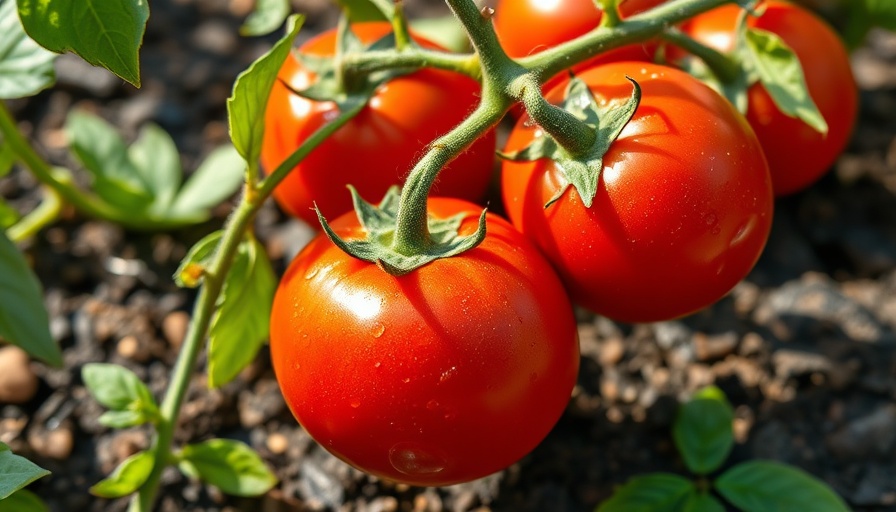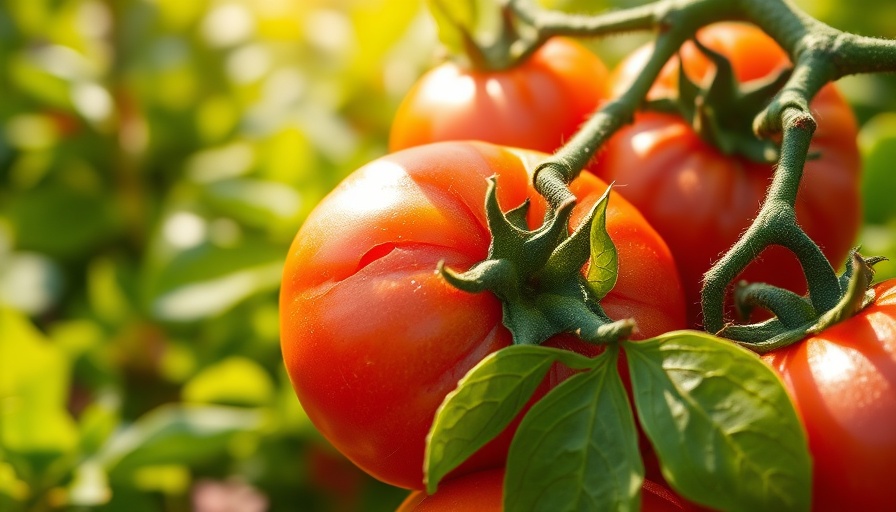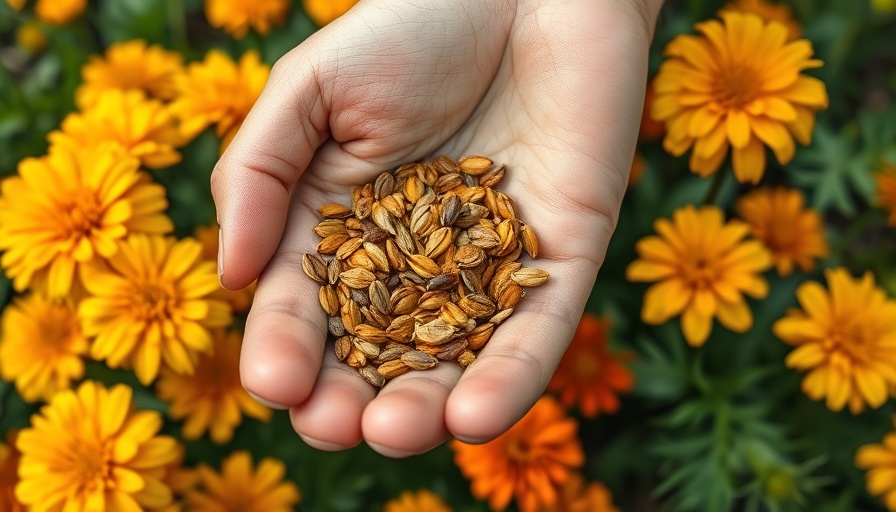
Transform Your Outdoor Space with Stylish Table Lamps
As the warm months approach, many homeowners begin to turn their focus to enhancing their outdoor spaces. If you're looking to create a cozy and inviting atmosphere on your deck or patio, outdoor lamps for tables and consoles can be a transformative addition. These compact lighting options not only provide essential illumination but also serve as stylish décor.
Setting the Mood with Adjustable Lighting
What’s particularly appealing about modern outdoor lamps is their versatility. Many of these lamps come with adjustable light settings that allow you to choose between a cozy, warm glow or a brighter, cooler light. This flexibility makes them ideal for different occasions—from intimate dinners to lively gatherings.
A Splash of Color for Any Occasion
Consider selecting outdoor lamps that come with interchangeable shades. Some models offer vibrant colors, such as red stripes or bright greens, which can be perfect for holidays or themed events. Mixing and matching colors not only reflects your personal style but can also liven up your outdoor space and make it more welcoming to guests.
Incorporating Outdoor Lamps into Your Design
Successful outdoor design often hinges on balance and harmony. When adding lamps, think about their placement on your tables or consoles. They should enhance your existing décor rather than overpower it. For instance, pairing a wicker shade lamp with natural wood or rustic furnishings can unify your aesthetic while providing just the right amount of light for evening relaxation.
Creating a Welcoming Atmosphere
The ambiance created by outdoor lamps extends beyond mere lighting; it’s about cultivating an environment that feels comfortable and inviting. Picture sipping tea on your deck atop a beautiful outdoor rug, surrounded by the soft, warm light of your lamps, inviting a sense of peace and contentment—a truly perfect way to enjoy the enchanting summer nights.
Maximize Your Outdoor Experience
As you prepare for summer gatherings or relaxing evenings outdoors, think about how outdoor lamps can play an essential role in that experience. Their functionality goes far beyond mere illumination: they add character, create a mood, and even embody the spirit of outdoor living.
For many, outdoor lamps represent a simple yet impactful way to enhance their outdoor spaces. With numerous styles and features available, embarking on this small home improvement can yield substantial rewards when it comes to enjoyment and ambiance. So why not invest in that perfect lamp today? Your outdoor space will thank you!
 Add Row
Add Row  Add
Add 




Write A Comment